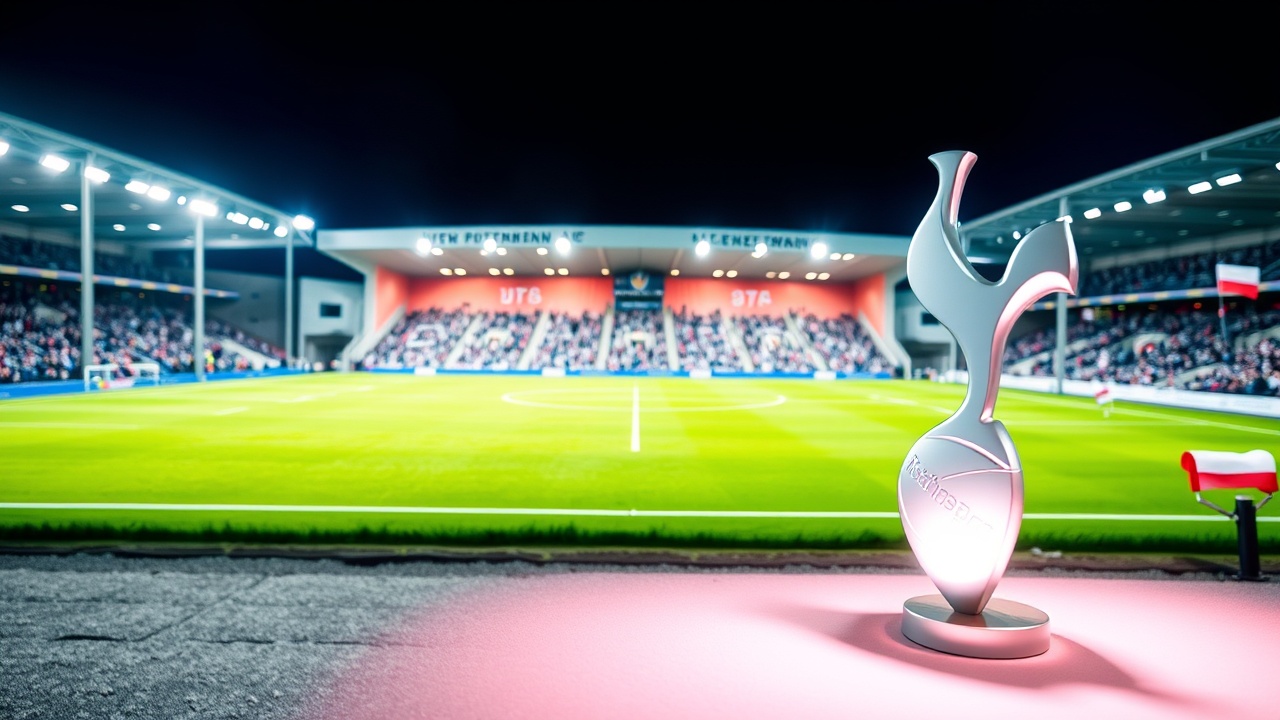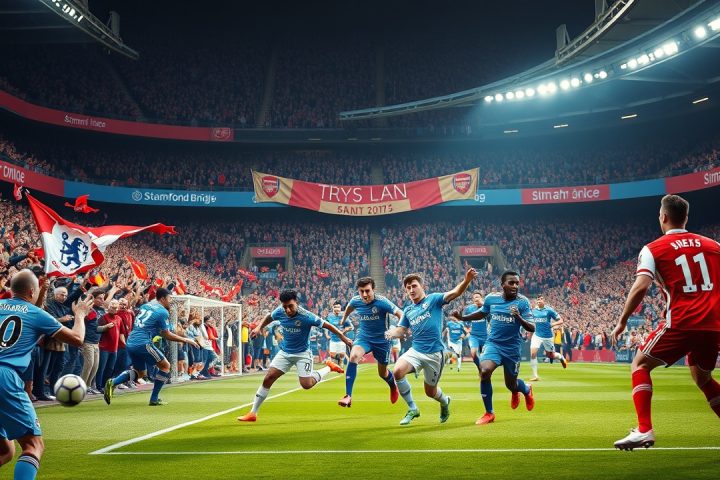Overview of the Football Landscape
This column has been keeping an eye on several developments in the football world, particularly the protracted saga surrounding the potential takeover of Tottenham Hotspur, which has lingered longer than many anticipated. While soccer has experienced unprecedented growth in the U.S. over the last fifty years, Tottenham has been touted as the next prominent English club poised for a breakthrough for around a decade.
Financial Position of Tottenham Hotspur
Throughout these years, Spurs have made significant investments, acquiring one of Europe’s premier multi-purpose stadiums and raking in merchandise sales. However, achievements on the silverware front have been modest – a solitary trophy amid increasing expectations. A notable shift within the Premier League landscape has seen a surge in American billionaires acquiring stakes in clubs, while Spurs’ former majority owner, Joe Lewis, shifted his shares into a family trust following a guilty plea to insider trading and celebrated his 88th birthday just earlier this year.
For investors, Tottenham presents an attractive target, having attracted interest from various private equity firms, investors, and sovereign wealth funds all keen to explore the club as an asset within the highly popular Premier League. Despite this, a concrete sale remains elusive. The persistence of Spurs’ current chairman, Daniel Levy, who has helmed the club since 2001 and possesses over 25% of its shares, is a significant factor.
Levy’s asking price is approximately £3.75 billion ($4.5 billion), a number above the most recent valuations of about £3 billion, with many analysts suggesting that the valuation may have increased recently thanks to their return to the Champions League and hosting high-profile concerts.
Yet, the disparity between what Levy desires and what most investors perceive as a fair market value could become a point of negotiation. Experts suggest the valuation might need adjusting, especially considering Joe Lewis’s family may seek liquid assets from their investment. Two less-discussed issues have also been brought to light by various potential buyers that could impact future negotiations.
Concerns for Potential Investors
First, there’s skepticism surrounding the area where Tottenham is located; while the club may be the primary attraction in a less gentrified part of North London, some investors might question its growth potential compared to other booming areas.
Secondly, the club’s substantial £775 million private placement notes from its stadium financing setup provides additional complexity. Although revenue from the new stadium exceeds interest payments, the timing of Levy’s debt arrangement—secured at interest rates as low as 2.49%—has been favorable. With total borrowings reported at £851.5 million at the end of June 2024 at an average interest of around 2.79%, Spurs currently enjoy a favorable financial climate, where interest rates are below current inflation rates.
Thus, from a financial standpoint, Spurs are under no immediate pressure to refinance those debts, which has led current debt holders wishing for a management change shearing off their normal payback conditions.
New owners stepping in would find a willing market for refinancing but might face an extra annual cost of up to £20 million more over the same loan period. Neither Spurs’ location issues nor Levy’s fortunate interest rate conditions are likely permanent; there is always potential for revitalization in any London area, and additional revenue streams might easily offset any increased debt servicing costs.
The Wrexham Situation
Meanwhile, the ongoing discourse about club valuations touches another noteworthy case in the football ecosystem concerning Wrexham AFC. This month, speculation arose about raised investment evaluations valuing the Welsh club as high as £350 million. This is starkly contrasted against a previous investment round that valued them at £100 million when they were still competing in League One.
Wrexham, which has risen rapidly through the ranks and captured worldwide attention through a Disney docuseries, is owned by Ryan Reynolds and Rob McElhenney. Their celebrity status contributes significantly to the club’s allure beyond its languid financial metrics. Skeptics express disbelief that Wrexham’s valuation could have tripled in nine months without diving into the realm of hype and celebrity culture clouding sound financial assessments.
The debate extends to whether Wrexham should be regarded merely as another football club or as a burgeoning entertainment enterprise, while the key-person risk associated with its high-profile owners remains ever-present. As opinions clash among industry professionals on platforms like LinkedIn, it underscores the broader volatility and intricacies of club valuations in today’s football landscape.
Media Landscape and Regulatory Changes
On another note, the shifting dynamics among media corporations, specifically regarding Warner Bros Discovery’s (WBD) recent restructuring, may cultivate similar waves across the sporting landscape. The strategic focus on separating sports broadcasting from traditional cable efforts could signal that the value of live sports content is undergoing an evolutionary change. As the company refines its assets into two entities in anticipation of aligning and streamlining operations, analysts suggest this could either signify a decline in traditional viewing habits or perhaps a poorly organized portfolio that underrepresents live sports’ integral value.
Finally, as we close out this column, a shout-out is warranted for the burgeoning independent regulator in English football, whose presence is set to be instated sooner than expected after legislative advancements this week. Although the process began in 2021, the recent progress indicated significant momentum towards a framework meant to support financial health and beneficence throughout the sport. As the summer recess approaches, there’s optimism among supporters that regulatory measures will be solidified, paving the way for dialogue about systemic improvement within the industry.




